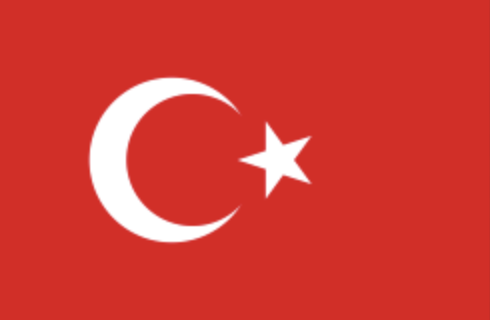Causes, the Ponseti treatment pathway, and practical advice for families
Pes equinovarus (commonly called clubfoot) is a congenital foot deformity in which one or both feet are turned inward and downward at birth. Seeing this at delivery can be worrying for parents, but with early diagnosis and the right treatment—most commonly the Ponseti method— good outcomes are achievable. This article explains what clubfoot is, how it’s treated, how long treatment takes, and what families should watch for.
What is clubfoot (pes equinovarus)?
Clubfoot is a structural deformity that affects the bones, tendons and soft tissues of the foot and lower leg. It may be:
- Unilateral (one foot) or bilateral (both feet),
- More commonly seen in male infants, and
- Sometimes runs in families (familial tendency).
Although clubfoot is usually painless in early infancy, untreated deformity can cause walking difficulties, pain, and functional limitations later in life—so early treatment matters.
What causes clubfoot?
In most cases the exact cause is idiopathic (unknown). Contributing factors may include genetic predisposition, intrauterine position, and, less commonly, neuromuscular or syndromic conditions. Most infants with idiopathic clubfoot are otherwise healthy.
The Ponseti method — step by step
The Ponseti method is the world-wide standard of care for idiopathic clubfoot and has a high success rate when applied correctly.
- Serial casting (manipulation + casts)
- The treating pediatric orthopedist gently repositions the foot and applies a full-leg cast (above the knee).
- Casts are usually changed weekly and progressive correction is achieved over typically 4–6 weeks (some cases may require a few more casts).
- Percutaneous tenotomy (if needed)
- If the Achilles tendon remains tight after serial casting, a short, minimally invasive procedure (tenotomy) is often performed to lengthen the tendon.
- This is commonly done under local anesthesia in infants; a cast is reapplied for about 3 weeks while the tendon heals.
- Boots and bar (foot abduction brace)
- After the cast phase, a special brace (boots connected by a bar) maintains correction.
- Typical schedule: 23 hours/day for the first 3 months, then at night and during naps (about 12 hours) until around 4 years of age.
- Brace compliance is critical—inadequate use is the most common reason for recurrence.
How long does treatment take and what can parents expect?
- Initial casting + possible tenotomy: usually complete within 4–8 weeks (plus 3 weeks post-tenotomy cast).
- Bracing phase: continues until approximately 4 years of age.
- Because of the bracing period, the overall treatment course spans months to years, but this long-term follow-up is essential to secure a lasting, functional correction.
Outcomes and recurrence
With timely Ponseti treatment and strict brace adherence, most children achieve a pain-free, mobile foot and can wear ordinary shoes and participate in normal activities. Some feet may show partial recurrence; if this happens, early re-casting or, rarely, minor surgery can often restore correction. Regular orthopedic follow-up is important for early detection of any relapse.
Role of the pediatric orthopedist (and finding care in Turkey)
Successful treatment depends on experience—pediatric orthopedic surgeons are trained to manage clubfoot and to guide families through casting, tenotomy, and long-term bracing. In Turkey (including centers in Ankara), pediatric orthopedics teams apply internationally accepted protocols such as Ponseti and provide ongoing follow-up. If you notice foot deformity at birth, please seek evaluation by a pediatric orthopedist.
Practical tips for families
- Early referral is essential. The earlier treatment begins, the higher the chance of full correction.
- Follow the brace program exactly. The brace phase is the key to preventing relapse.
- Keep scheduled follow-ups. Regular checks allow early detection and simple interventions if the foot begins to drift.
- Ask questions. Request clear instructions on cast care, brace use, and when to call the clinic.
Conclusion
Pes equinovarus (clubfoot) is treatable—often without major surgery—when diagnosed and managed early. The Ponseti method, followed by careful bracing and regular follow-up, gives most infants a strong chance of a normal, active childhood. If your newborn shows signs of clubfoot, arrange evaluation with a pediatric orthopedist so treatment can begin as soon as possible.

 ENGLISH
ENGLISH  TÜRKÇE
TÜRKÇE